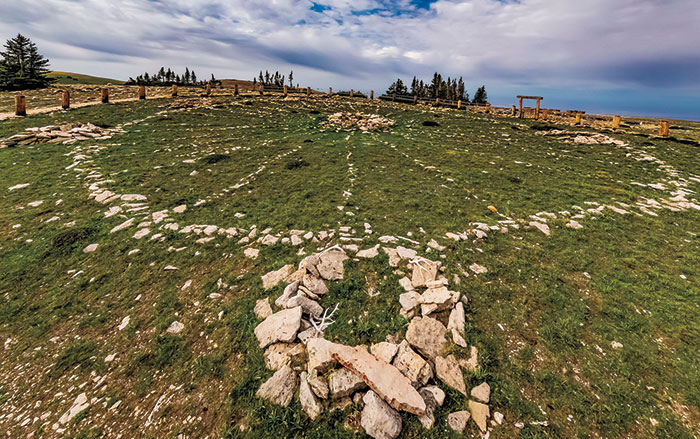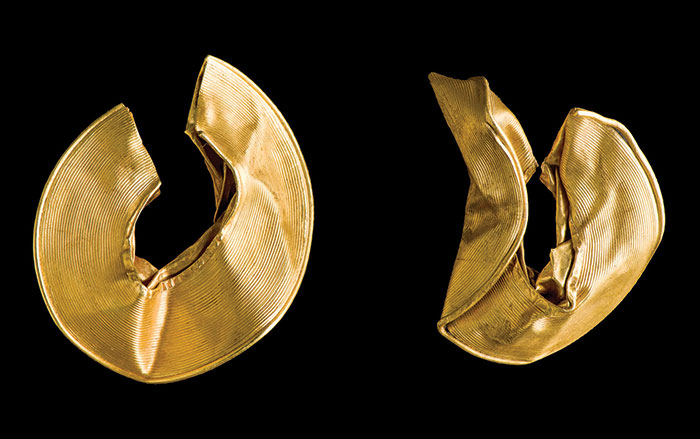
BIRMINGHAM, ENGLAND—Zanna Clay of the University of Birmingham noticed that the short, high-pitched “peep” calls made by wild bonobos sound similar in a wide range of situations. “It became apparent that because we couldn’t always differentiate between peeps, we needed to understand the context to get to the root of their communication,” she said in a press release. The acoustic structure of the calls showed that their sound did not vary between neutral and positive contexts, such as feeding, traveling, and resting, and in that way they resemble the communications of human infants. It had been thought that primate calls are “functionally fixed,” or tied to certain contexts and emotional states, and that only humans use vocalizations that are flexible. This suggests that such vocalizations date back to our last common ancestor, who lived between six and ten million years ago. “We felt that it was premature to conclude that this ability is uniquely human, especially as no one had really looked for it in the great apes. It appears that the more we look the more similarity we find between animals and humans,” Clay added. To read more, go to "Tool Use is Innate in Chimpanzees."


